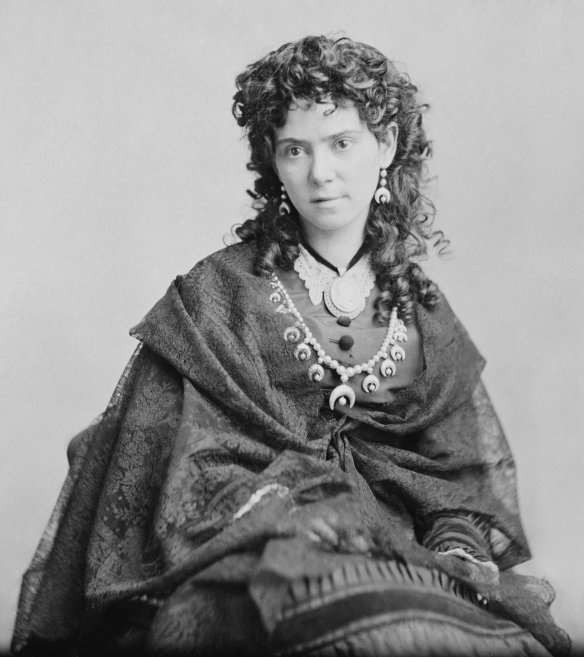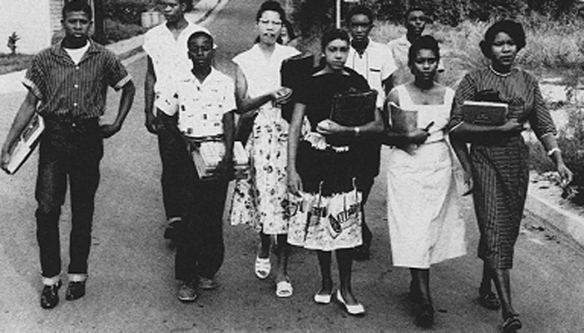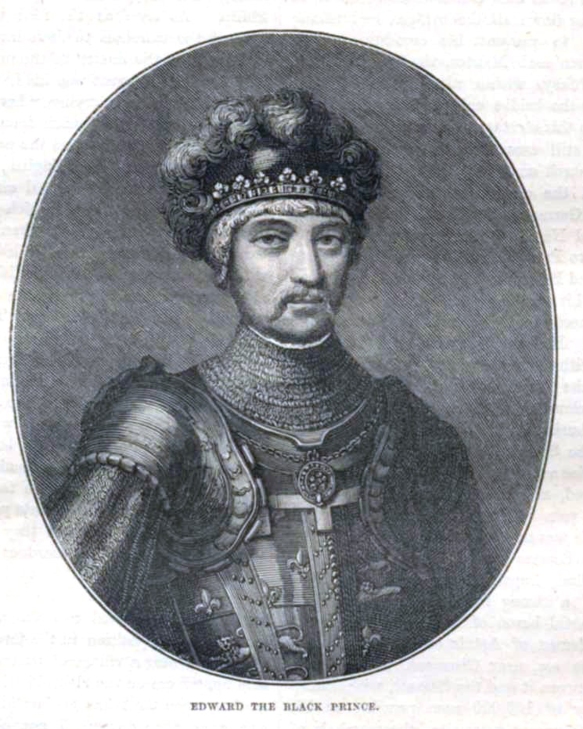
ON THIS DATE IN TEENAGE HISTORY (1875), fourteen-year-old Agnes Beckwith swam from London to Greenwich on England’s Thames River, a publicized five-mile trek that made her the first female “public jock,” according to a 1975 Sports Illustrated story. “For a powerful man the feat may not be an over-difficult one,” wrote a London paper the next day, “but it is a test of some endurance for a slight young girl.” Beckwith has been credited with promoting swimming as a competitive sport for females.







